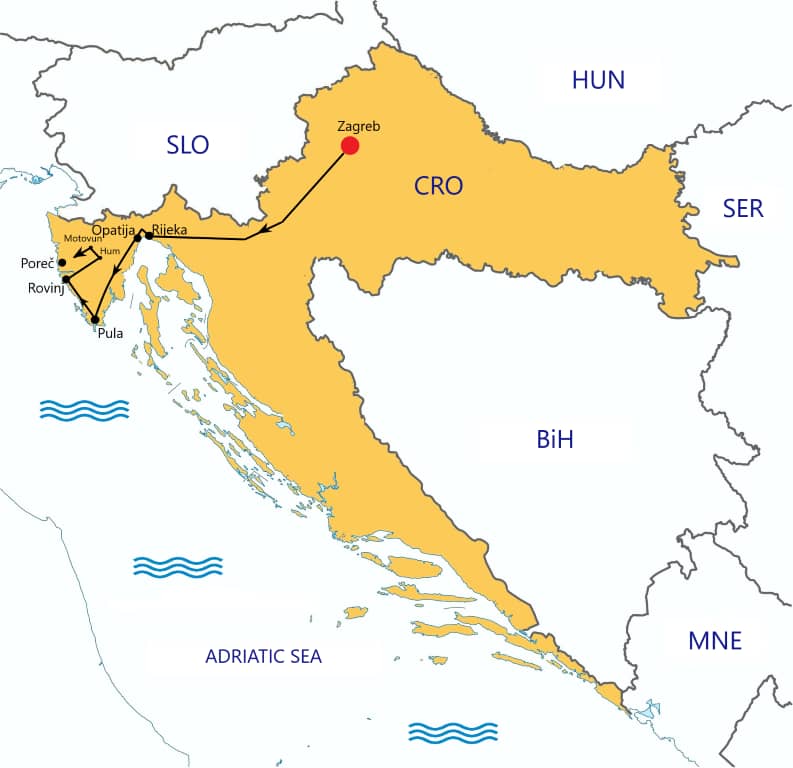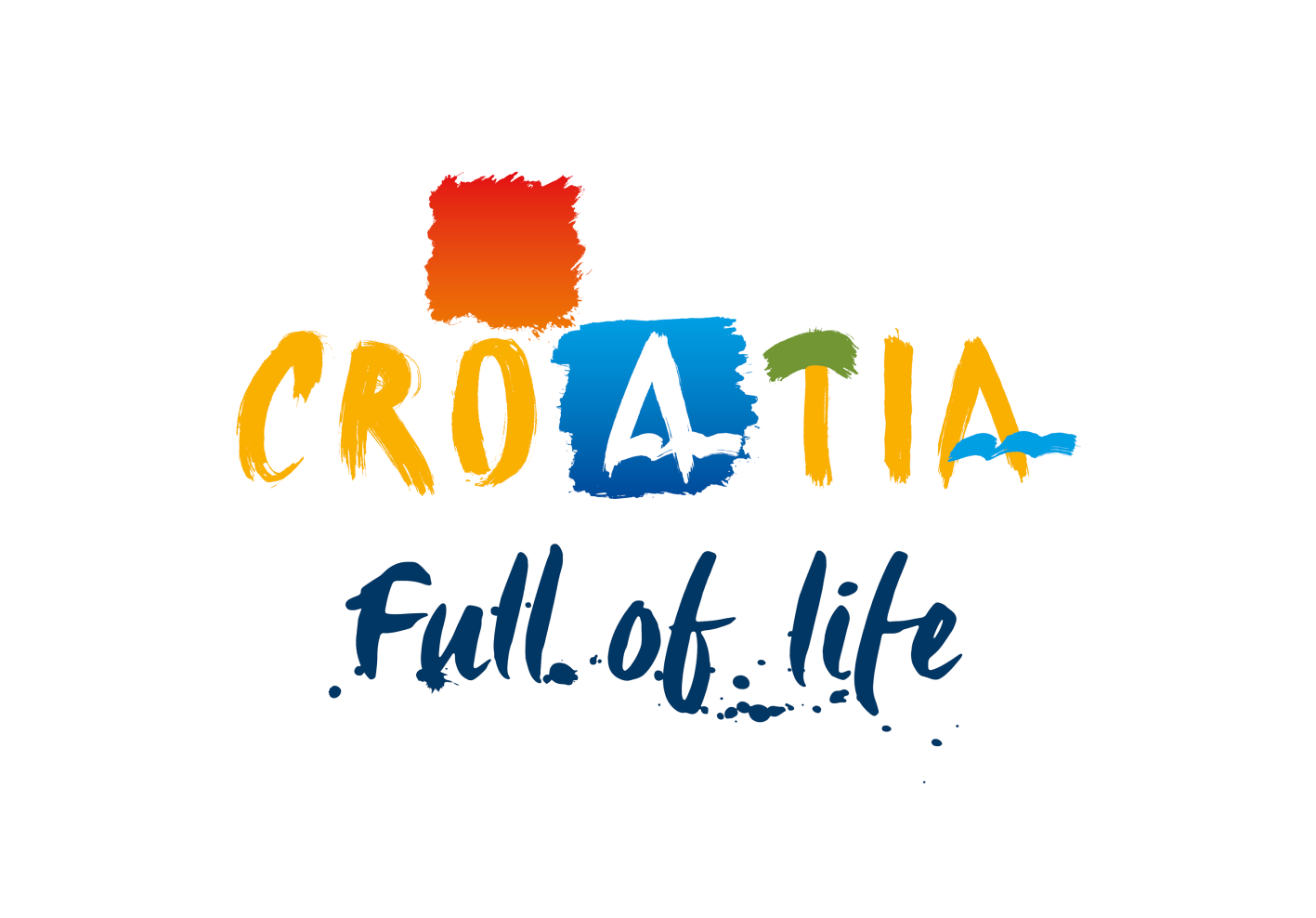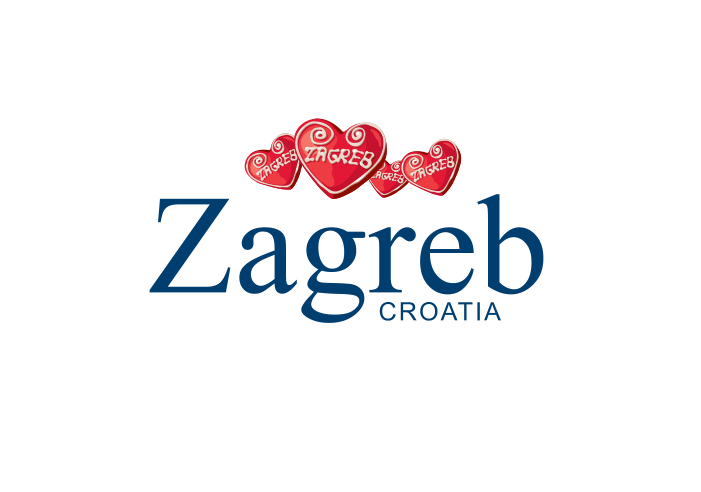MAGIC ISTRIA
Croatia, Istria, Rovinj
Duration
Transportation
Route

Itinerary
ZAGREB
Arrival in Zagreb, transfer to hotel, accommodation in hotel, overnight.
ZAGREB - RIJEKA - OPATIJA
Breakfast. Afternoon town sightseeing - main town square- Ban Josip Jelačić square, Kaptol, cathedral, Gornji grad (Upper Town), Kamenita vrata (the Stone gate), St. Mark’s church, Croatian parliament, Klović Palace Museum, Lotršćak tower, Nikola Šubić Zrinski square, J.J.Strossmayer square (Art pavillion), King Tomislav square, Marshal Tito square (Croatian National Theatre, Mimara museum). Drive to Rijeka, sightseeing of Rijeka. Departure to Opatija. Accommodation in hotel. Overnight.
OPATIJA
Breakfast. Sightseeing of town Opatija - the beauty of Kvarner, exclusive summer resort and centre of riviera with modern villas, luxury hotels, St. Jakov church, Opatija’s gardens, Lungo mare the most famous promenade along the sea... Free time. Overnight.
PULA
Breakfast. Departure to Pula. Sightseeing of town Pula - the
oldest town on east coast of Adriatic. Rich in cultural monuments; Arena, Golden Gate, Temple of Augustus, Gate of Hercules, forum, cathedral... Free time. Accommodation in hotel. Overnight.
ROVINJ - HUM - MOTOVUN - POREČ
Breakfast. Departure to Rovinj, town sightseeing. The pearl of
Istrian peninsula, beautiful old town centre, baroque
Municipij, St. Euphemia church, Franciscan monaster y... Visit to the smallest town in the world Hum - Glagolitic Alley. Continuing to Motovun- top monument of architecture, historical centre of high cultural value and Grožnjan - valley or river Mirna, town of rich tradition, cultural tradition, many cultural monuments... Arrival in Poreč. Accommodation in hotel. Overnight.
POREČ
Breakfast. Sightseeing of town Poreč and visit to Euphrasian Basilica which is under UNESCO’s protection. Continuing the drive to cave Baredine, protected geormophological monument, secret game of nature which raised for centuries. In this pleasant surroundings, apart from sightseeing of cave, it is possible to get the insight of how the soil was done at the exhibition of old tractors and machines, of which some were used until recently on surrounding fields. Return to Poreč. Overnight.
POREČ
Breakfast. Free time for personal activities. Overnight.
ZAGREB
After breakfast, departure transfer to Zagreb airport.
Terms of travel
Price includes
- private transfers with english speaking driver
- accommodation in hotels 4* in double rooms, single rooms
- breakfast
- private city tours with English speaking guide
- stay tax
Price excludes
- meals
- tickets to museums, castles
- everything that is not included under the price includes
Zagreb
Zagreb-An Old City with a Young Soul
Zagreb is the Croatian capital, and largest city in Croatia by population. Historically, the city of Zagreb has grown from two neighboring settlements, Gradec and Kaptol, which form the core of todays Zagreb, its historical center. According to the legend, Zagreb got its name when an old ancient ban, tired and thirsty, makes the girl Manda to bring water from the spring. Ban said: "Mando, dear, zagrabi!“ (zagrabi – grabs)
Zagreb is an administrative, economic, cultural, and scientific center of Croatia. By its position, Zagreb belongs to the cities of Central Europe. Zagreb is situated in continental central Croatia, on the southern slopes of Medvednica and on the banks of the Sava River. Its favorable geographic position in the southwestern corner of the Pannonian Basin, between Alpine, Dinaric, Adriatic and Pannonian regions, the cause is the fact that Zagreb is the transport hub between Central and Southeastern Europe and the Adriatic Sea. Due to its history and significance, Zagreb is rich in monuments and architecture. The center of Zagreb are considered historic district Upper Town and Kaptol, and Donji Grad, which has an exceptional diversity of architecture from Baroque to the present day. The center is surrounded on the north side with residential neighborhoods with higher levels of housing, and to the south of the former working-class neighborhoods that are experiencing strong reurbanisation. Appearance and arrangement, Zagreb is a typical Central European city.
Zagreb is the largest cultural center of the Croatia. The town has several institutions that traditionally have great prestige. In music, it is the Lisinski Concert Hall, in the world of theater, ballet and opera Croatian National Theatre, among libraries National and University Library. Among many quality museums and galleries, the cultural echo exhibitions maybe the most prominent Klović Palace. Zagreb also hosts several significant festivals, such as Animafest - World Festival of Animated Film, which takes place every even year, INmusic - one of the largest open-air festivals in Croatia, International Folklore Festival, theater festival Eurokaz, and Festival of contemporary dance. Zagreb has a film festival „Zagreb Film Festival“, and is particularly interesting ZagrebDox, documentary film festival.
From important exhibitions of recent visual expression, there is Zagreb Salon. From music festivals, there is Zagrebfest, one of the oldest events of Croatian pop music, avant-garde music festival then Music Biennale Zagreb every odd year and the Festival of the Zagreb Philharmonic Orchestra. Since 1996, the streets of downtown Zagreb maintains Cest is dBest, an international multimedia festival of street performers. In the summer, there are also open-air concerts, mostly in the Upper Town (Summer in the Upper Town).
Zagreb Michelin Restaurants
This year Zagreb has received its first prestigious Michelin star, which was awarded to Noel Restaurant. Noel Restaurant has amazed by its superb modern European cuisine and the perfect harmony of delicious creative dishes with Croatian, French and Italian wines.
13 Zagreb restaurants with the Michelin Plate label
Among the 50 restaurants in Croatia that carry the Michelin plate label for the top dishes made with fresh ingredients there are 13 Zagreb restaurants: Pod Zidom, Time, Boban, Dubravkin Put, Apetit, Takenoko, ManO, Zinfandel's, Le Bistro Esplanade, Bistro Apetit by Marin Rendic, Tekka, Mon Ami and Mundoaka which is unfortunately closed.
The famous luxury Esplanade Hotel Zagreb takes two places on this list: Le Bistro Esplanade and Zinfandel's. Le Bistro Esplanade opened in 1986, modeled after small French restaurants. A blend of traditional cuisine and French chic, as well as pleasant ambience attract many local and world famous celebrities.
Bib Gourmand Recommendations
The Michelin Bib Gourmand label has been given to two Zagreb restaurants that stand out for their good quality and affordable menus: restaurants Agava and Tač. In the heart of Zagreb there is a classic Italian Agava restaurant whose large windows offer a magnificent view of Tkalciceva Street. Italian cuisine with a Mediterranean twist combined with a cozy atmosphere makes this restaurant one of the most desirable Croatian restaurants.
A popular family Tač restaurant located at the top of the hill outside the center of Zagreb is known for its Mediterranean menu where you can find many Istrian specialties and simple fresh seasonal food.
Opatija
Opatija – the pearl of the Adriatic
Opatija is the jewel of the Croatian Adriatic that is situated in the Kvarner Bay in an ideal location between the Adriatic Sea and Mountain Učka. Due to its location, mild climate and beautiful sea views from the famous Lungomare promenade, it is a desirable European destination from the very beginning of tourism development on the Adriatic.
What to see and to visit in Opatija?
1. Symbol of Opatija and Kvarner: „A girl with a seagull“
The graceful sculpture of „the Girl with the Seagull“ is located on a cliff that has an impressive view of the sea and the town, therefore it is a favorite location for taking pictures among visitors.
You can take pictures free of charge thanks to Photospot that is located next to „The girl with the seagull“ and to download it online as the card!
2. Lungomare promenade
In the small town Volosko begins the 12 km long coastal Lungomare promenade, which is ideal for long romantic walks overlooking the sea and the sunset, as well as exploring the beauties of the town and learning about its rich history and culture. While walking along this road you can see magnificent villas, monuments, beautiful pebble beaches and enjoy the fragrant coastal plants and to have rest in the shade of centuries-old oaks.
3. Croatian „Walk of fame“
Famous people who contributed to the promotion of Croatia in the world, have received their “star“ on the Croatian version of „Walk of fame“. Some of them: Dragutin Tadijanović, Miroslav Krleža, Rade Šerbedžija, Oliver Dragojević, Janica Kostelić, Dražen Petrović, Goran Ivanišević, Nikola Tesla and many others.
4. The Green Fairytale of Angiolina Park and St. Jakov Park
Opatija is also known as a "park town" whose park architecture is a blend of beautiful scenery and natural heritage. In the very center of Opatija there is the second oldest park and protected monument of park architecture - St. Jakov Park. Its creation is connected with the construction of the monastery (of Opatija) called St.Jakov that is the oldest building in Opatija after which the town of Opatija was named. In addition to the beautiful, numerous and exclusive plant species and green lawns there is also a baroque fountain with a sculpture of the Greek god Sun and Goddess of the Moon, as well as accentuated paths and stairs, the Juraj Šporer Art Pavilion, the Croatian Museum of Tourism etc.
The historical importance of one of the most award-winning parks in Croatia - Angiolina Park began in 1844 year with the construction of a Villa Angiolina. This park is famous for its exotic plants from different parts of the world, laurel, the floral symbol of the town - camellias and the Music Pavilion.
5. Natural park Učka
For all those looking for an active vacation, there is a Mountain Učka with plenty of cycling and hiking trails. Except for recreation you can enjoy the biodiversity of Učka and visit the Vela Draga Canyon with its vantage point adorned with limestone columns and fossil-obscured rocks, as well as Lovranska Draga with one of the most beautiful waterfalls in the Nature Park leading by the Slap Promenade and numerous other places.
6. Croatian Museum of Tourism
In the Angiolina Park there is the permanent exhibition "Opatija - The Golden Beginning of Croatian Tourism" of the Croatian Museum of Tourism. In the museum you can find unique photographs, documents, drawings and postcards of Opatija – the items of the oldest Croatian tourist destination.
7. The first hotel on the Adriatic coast
In Opatija you can find different types of accommodation, from charming hotels on the seacoast to private apartments. Among the many hotels in Opatija, the Remisens Premium Hotel Kvarner is the first hotel on the Adriatic coast built in 1884 year. Its architecture exudes elegance and its terrace next to the Lungomare Promenade offers a perfect breathtaking sea view.
8. Top quality restaurants, taverns and cafes: tasting of delicious Opatija's cuisine
In many perfect restaurants and taverns you can try Mediterranean seafood dishes, delicios Mediterranean meals such as bitter wild asparagus and Kvarner shrimp. Opatija also has a special Kamelija cake made exclusively from Mediterranean foods so you can taste it in Opatija's hotels restaurants and cafes.
In addition to being the oldest and most popular tourist destination in Croatia, Opatija is also a major event hub when it comes to business tourism, thanks to the numerous conference halls of Opatija hotels. Opatija's congressional tradition has been lasting for over 120 years including about 500 congresses, seminars and other business events that take place every year. Also, Opatija is a well-known spa destination with numerous wellness and spa centers.
The rich tradition and history, the beauty of nature parks and beaches and the wide range of accommodation facilities, congress halls, restaurants and cafes are among the many reasons why tourists return to Opatija.
Enjoy the pearl of the Adriatic, its rich history and culture!
Pula
The most famous and important monument, the starting and ending point of every tour of the city Pula - the Arena - the building where the gladiator fights. It was built in the first century AD during the reign of Emperor Vespasian, at the same time with the greatest and most famous building of its kind - Coliseum in Rome. Arena is located outside the old city walls because of its size and geographical benefits, and to the city itself leads us to the road justified during Emperor Vespasian, after whom it was named - Via Flavia, which today is one of the city's major thoroughfares.
The other two significant and well-preserved ancient Roman structures are the triumphal arch, the Arch of the Sergi from the 1st century and the Temple of Rome and Augustus, also from the 1st century, which was built in the forum during the reign of the Roman Emperor Augustus. As a result of its rich political history, Pula is a city with a cultural mix of people and languages from the Mediterranean and Central Europe, ancient and contemporary. Pula's architecture reflects these layers of history. Residents are commonly fluent in foreign languages, especially Italian, and often German and English. In Pula there are two museums at this moment - the Archaeological Museum and Historical Museum of Istria. Other museum exhibitions can be found in the amphitheater, Temple of Augustus and Nesactium.
The natural beauty of Pula's surrounding areas and the turquoise blue Adriatic Sea made the city an internationally popular summer vacation destination. Nearby jewel are the national park Brijuni, which were visited by many world leaders when it was a summer residence of the elderly statesman Josip Broz. Roman villas and temples still lie buried among farm fields and along the coast of several surrounding fishing and farming villages. Coastal waters offer beaches, fishing, diving to the wreck of ancient Roman galleys and warships from the First World War, cruise to the pristine coves and islands, large and small. Pula's most famous beaches are Gortan Cove on Lungomare, Ambrela and Havajsko at Verudela, Sandy Bay and Valkane.






